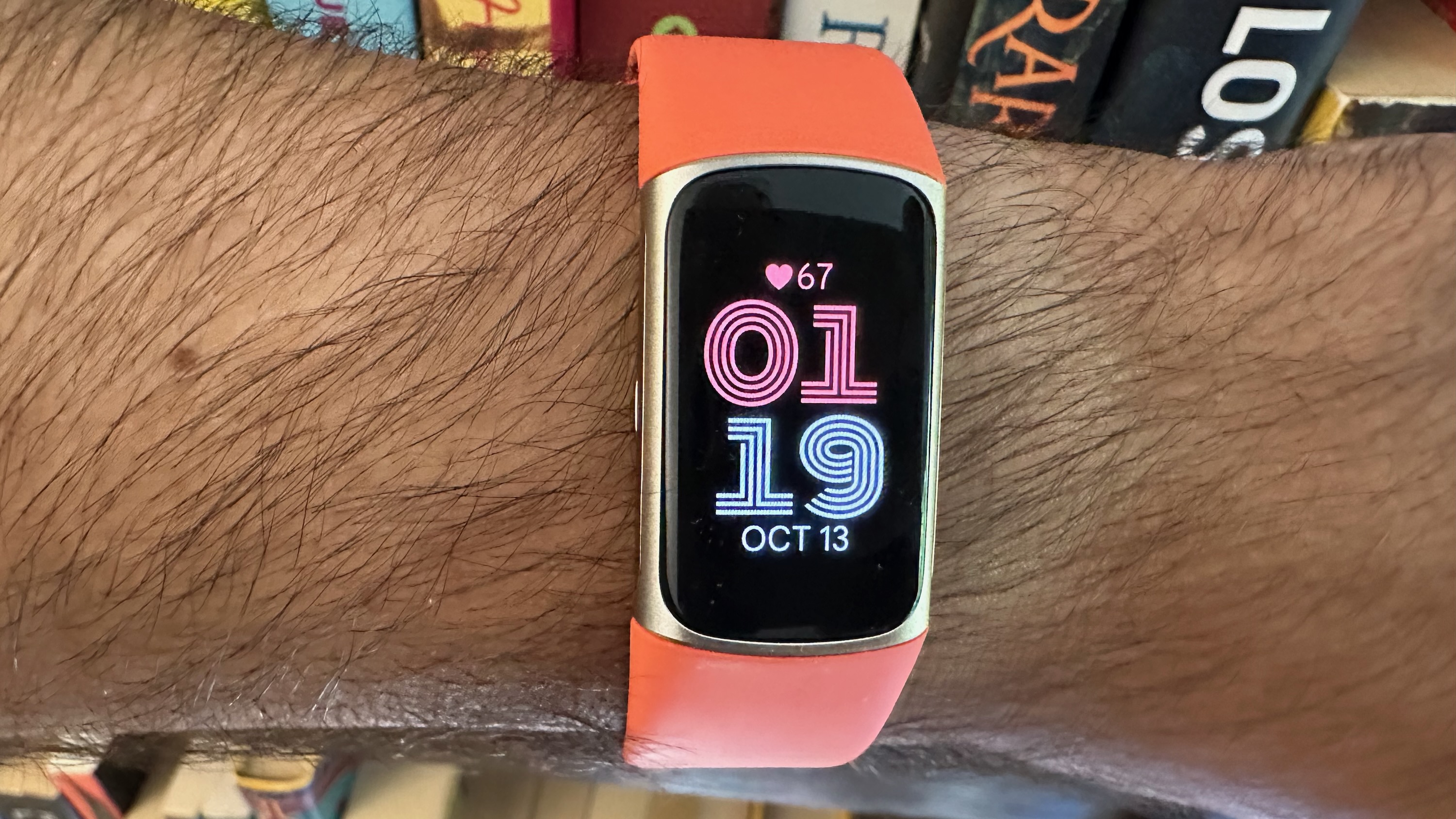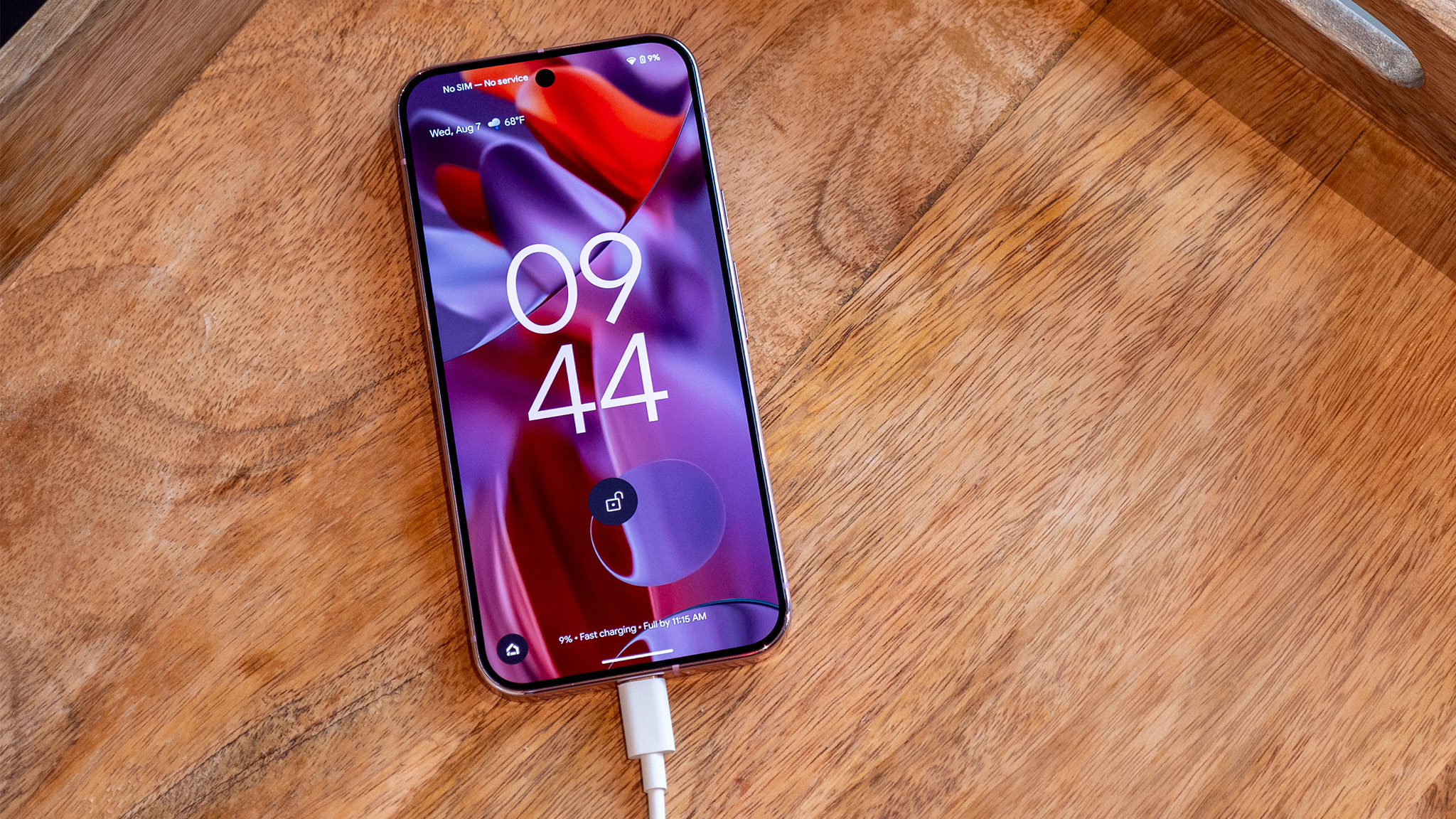Best Fitbit 2025
The Fitbit Charge 6 and Sense 2 both make a case for best Fitbit, but the Pixel Watch 3 has them both beat (for Android users).
So, you have decided to get a Fitbit. Congratulations! Now, it's time to decide which model from the extensive line-up to strap onto your wrist. On the one hand, while the Fitbit Sense 2 has everything you could possibly want when it comes to health tools, it's also rather expensive. The Charge 6 offers a nice balance between smarts, health tracking, and affordability. But it has a small, rectangular versus larger square smartwatch-like display. Technically, the Pixel Watch 3 fits on this list since it works with the comprehensive Fitbit app and offers all the same features you'd get in a Fitbit. But its battery life leaves much to be desired and it's only exclusive to Android devices.
Bottom line: you probably need more information to help you decide. While there could be new Fitbits coming down the pipe in the new year, if you want something now, we're here to help. We have reviewed every single Fitbit that's currently available to help you choose which one to buy.
To make things simple, we narrowed down our list to the six best Fitbits, noting which ones offer the latest Google features as, best health sensors, and most useful metrics and add-ons.

Michael Hicks is Android Central's resident smartwatch geek, having reviewed or tested dozens of wearables from Samsung, Google, Apple, Garmin, Fitbit, Coros, Polar, Withings, Amazfit, and others. He spends his free time running or hiking while wearing several watches at once, testing which is most accurate.
At a glance
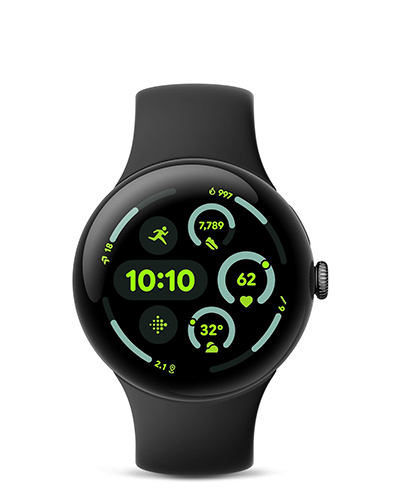
Best overall
Although not technically a Fitbit, the Google Pixel Watch 3 has deep Fitbit integration, the same health sensors as the Sense 2, and tons of tools that no Fitbit can offer.
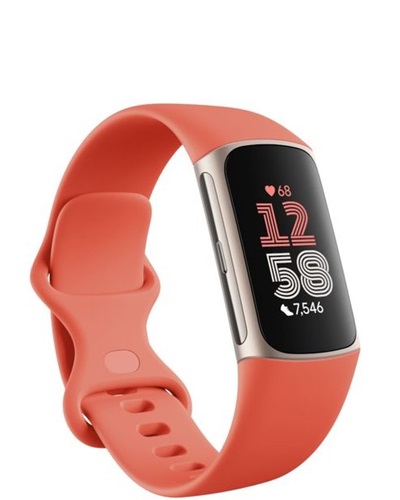
Best Fitbit tracker
You want a real Fitbit with proper battery life, not some bulky smartwatch. The newest Charge 6 does have Google app support, as well as tons of health sensors and six-day battery life.
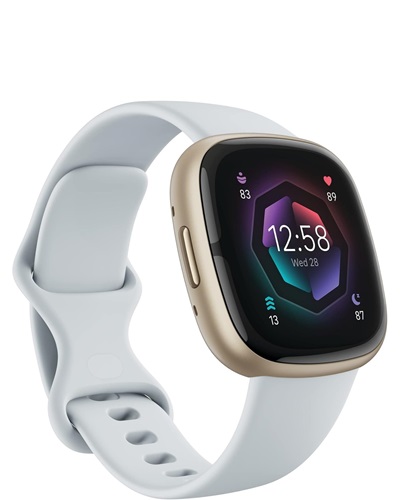
Best Fitbit watch
It's a petite, comfortable watch with 6-day battery life and all the health sensors you could possibly desire. It's not as smart as the Pixel Watch 3, but it does have Google Maps and Wallet support.
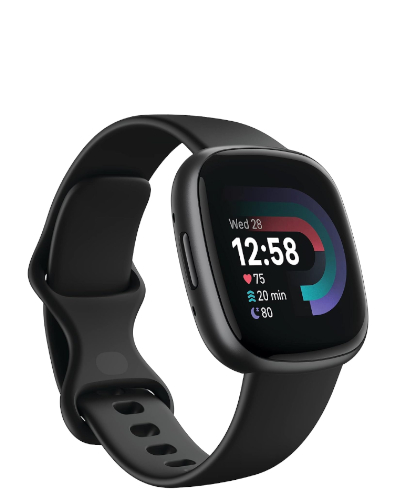
Best midrange
Versatile and stylish, the Fitbit Versa 4 features a vibrant AMOLED display, solid battery life, Google Maps, and Google Wallet, but lacks the Sense 2's sensors or Versa 3's smarts.

Best on a budget
Typically retailing for under $100, the Fitbit Inspire 3 offers excellent battery life, is made of a compact, lightweight construction, and affords all-day activity tracking.
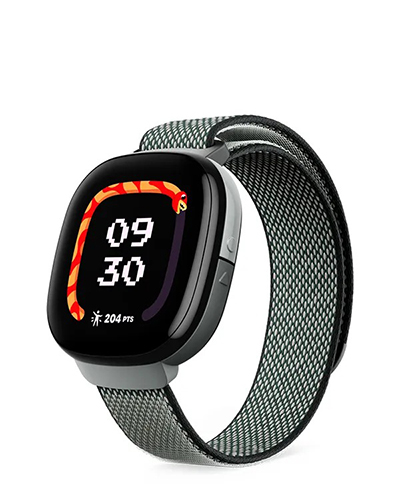
Best for kids
If you want a Fitbit for your youngster, the Ace LTE is the perfect choice, complete with a durable, kid-friendly design, activity tracking capabilities, even games. Most notably, it comes with LTE connectivity so they can keep in touch, though it requires a subscription.
Best overall
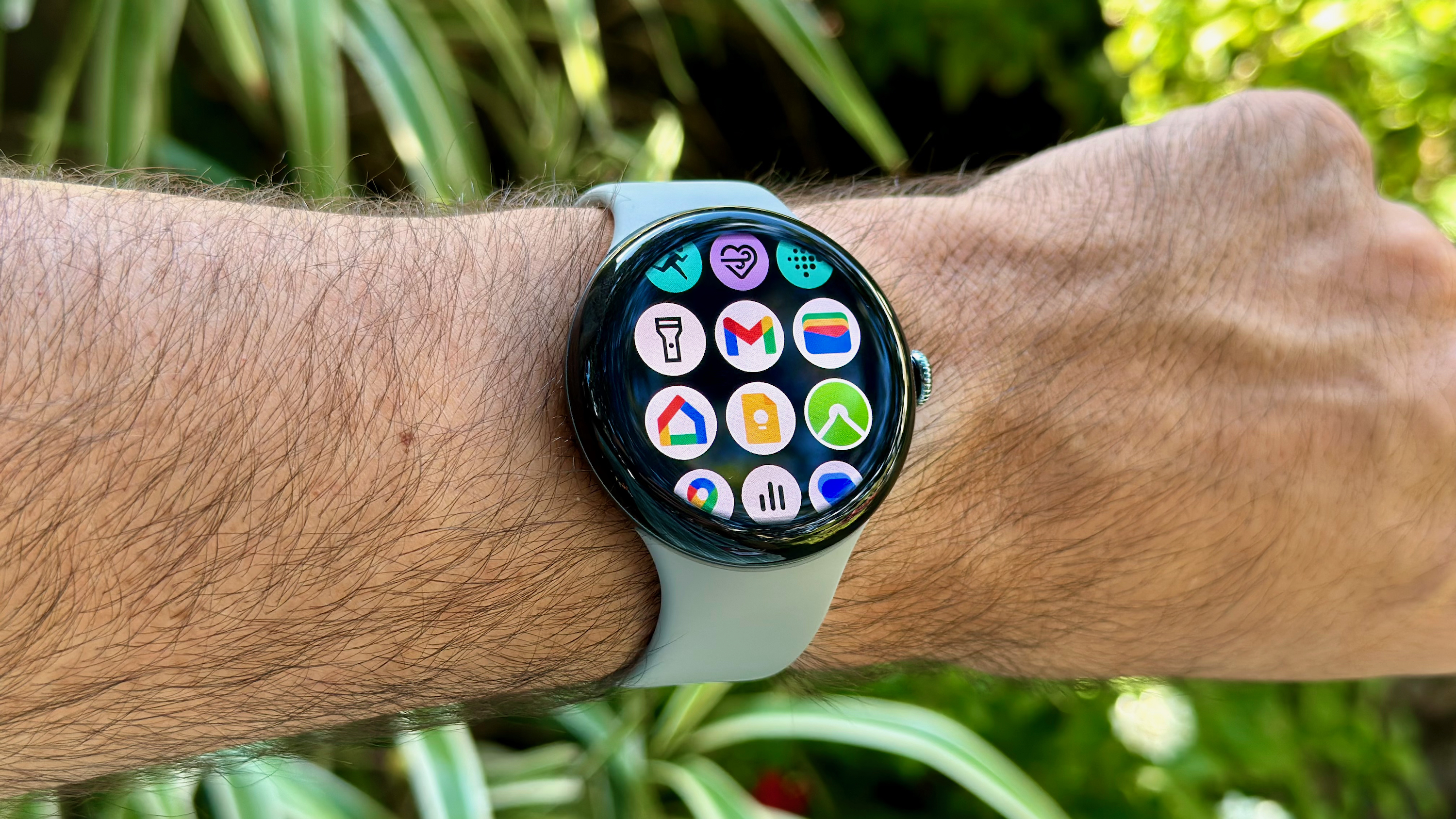
Specifications
Reasons to buy
Reasons to avoid
We recognize that calling the Pixel Watch 3 the best Fitbit may be polarizing, since it technically isn't a Fitbit. But unlike the first Pixel Watch and like the Pixel Watch 2, this one is a true Fitbit watch straight out of the gate, with perks that a normal Fitbit will never get, to boot.
What makes the Pixel Watch 3 special? It comes in two sizes and has a screen that's 40% larger and twice as bright as the Pixel Watch 2, making it easier to glance over at your workouts or notifications. While the battery has the same rating, it's bigger so should theoretically last longer as well as charge faster.
There are new features like custom runs with real-time guidance and performance insights. With Premium, you can leverage Google AI to help analyze goals, past runs, and readiness to get more personalized recommendations. There are features like Readiness and Cardio Load and the new Morning Brief that help you prepare for the day by providing all the essential information you need to get started.
If you own a Pixel phone, you can do things like control its camera right from the watch and use AI to pick up or hold incoming calls for you. You can also use the watch to control a compatible Google TV or see the feed from your Google Nest camera. There's also a Recorder feature for recording music, thoughts, or other content, with Google AI turning it into text.
You get tons of safety features as well, including Safety Check and Fall Detection, along with all the sensors you need to track heart rate, stress, blood oxygen, skin temperature, sleep, and more. The new Pulse Detection feature is only in Europe for now, but it may reach the U.S. at some point.
The Sense 2 has the same sensors at a lower price. But Google neutered the Sense 2's smarts, removing Google Assistant and playback controls, disabling the Wi-Fi antenna, and removing any third-party apps compared to the original Sense. The Pixel Watch 3, powered by Wear OS 5, gives you all of the above, along with actual music storage for apps like Spotify and plenty of third-party apps if you want to step away from Fitbit for Strava, Komoot, or another brand. Our Pixel Watch 3 review runs through some of the other smartwatch perks.
The Pixel Watch 3 comes with six free months of Fitbit Premium, giving you access to more features, including a Wellness Report, guided workouts, Sleep Score, and other perks. After that, you'll have to decide if Fitbit Premium is worth the subscription. Unlike the other Fitbits on this list, you'll still have plenty of non-Fitbit fitness apps to choose if you decide to let Premium lapse.
With the Pixel Watch 3, Google essentially made a proper "Fitbit smartwatch" in a way that the Sense 2 and Versa 4 could never hope to match. It has its drawbacks: the need for daily charging, the high price, and the Android phone requirement that shuts out iPhone owners. If that doesn't scare you off, then start your search here.
Best Fitbit tracker
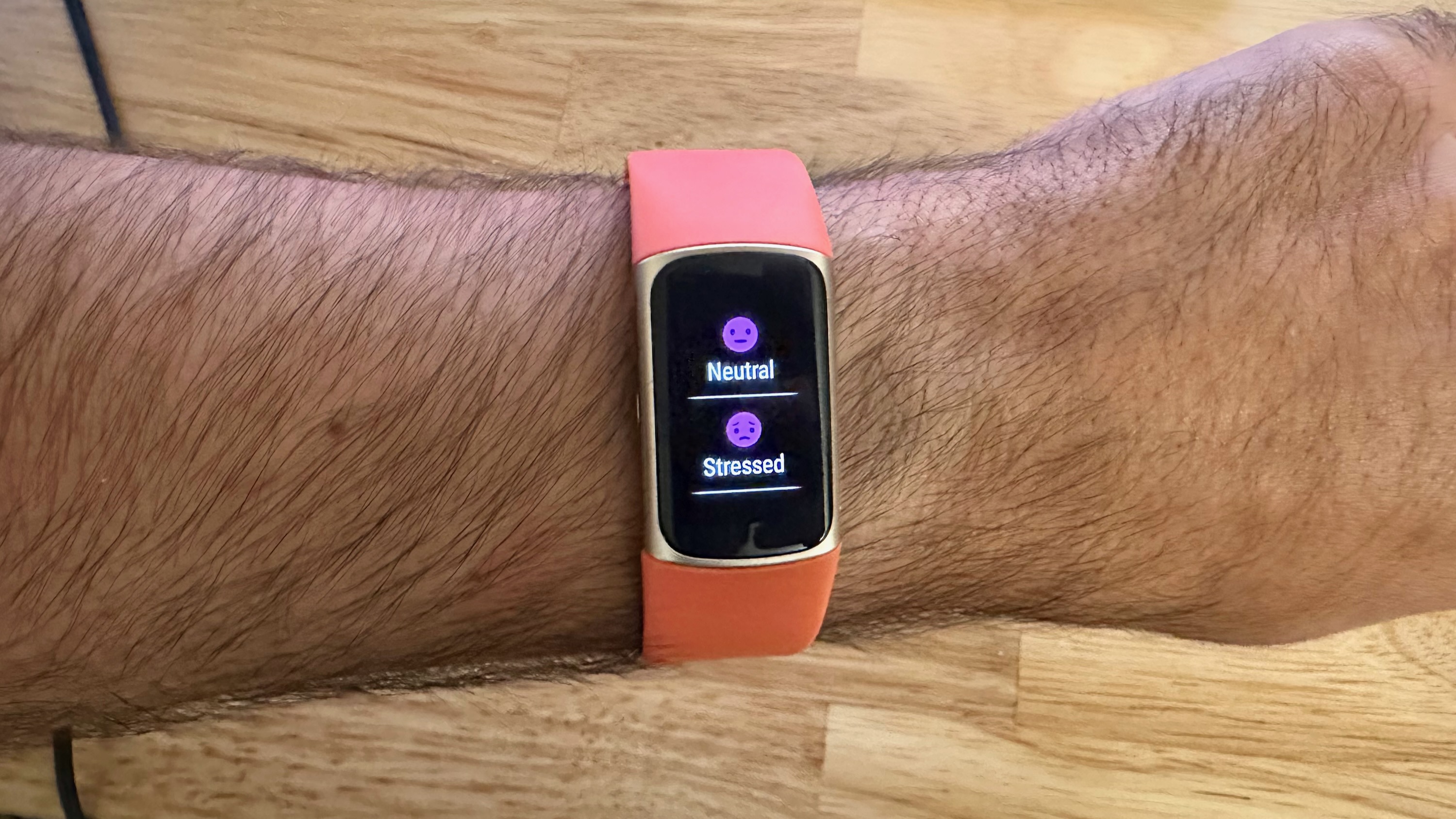
Specifications
Reasons to buy
Reasons to avoid
Let's put aside the Pixel Watch 3 and focus on true Fitbit-branded products that work with both iOS and Android. Now, the question really becomes this: should you buy a fitness tracker or smartwatch? The Sense 2 and Versa 4 give you a mic and speaker, plus a more conveniently large AMOLED display to swipe through data and apps. Despite that, we'll still point you towards the Charge 6 first.
The Charge 6 has all-day heart rate and sleep tracking, built-in GPS tracking instead of connected GPS, NFC for tap-to-pay transactions, and automatic workout detection. All of this, along with the petite 1-inch AMOLED touch display, is virtually unchanged from the Charge 5; even the bands are interchangeable.
So what's new? The biggest change is the focus on Google: the Charge 6 has a basic Maps function to point you towards your destination, Google Wallet instead of Fitbit Pay, and YouTube Music playback controls (though no other streaming service is supported, frustratingly). Google also borrowed some AI tricks from the Pixel Watch series to make the heart rate monitor "60% more accurate readings during vigorous activities like HIIT, spinning, and rowing."
Beyond that, the Charge 6 has a capacitive button that lets you activate the display, go back to the main watch face, or swap between data during a workout. Compared to the finicky capacitive buttons on the Versa 3 and Sense, the Charge 6's button is much more reliable. In our Fitbit Charge 6 review, we noted that the button "works as it should, without being prone to accidental presses like a physical button," and that it's much more convenient than having to always double-tap the Charge 5 display to activate it.
Overall, we called the Fitbit Charge 6 the best fitness tracker across brands for a reason. It's comfortable to wear and has tricks that no other petite band offers. For sleep tracking, it's not as comfortable as the Inspire 3, but it's a close second and gives you a much more useable display. Generally speaking, this is the true Fitbit we'd recommend first if you're OK with a thinner screen.
Best Fitbit watch
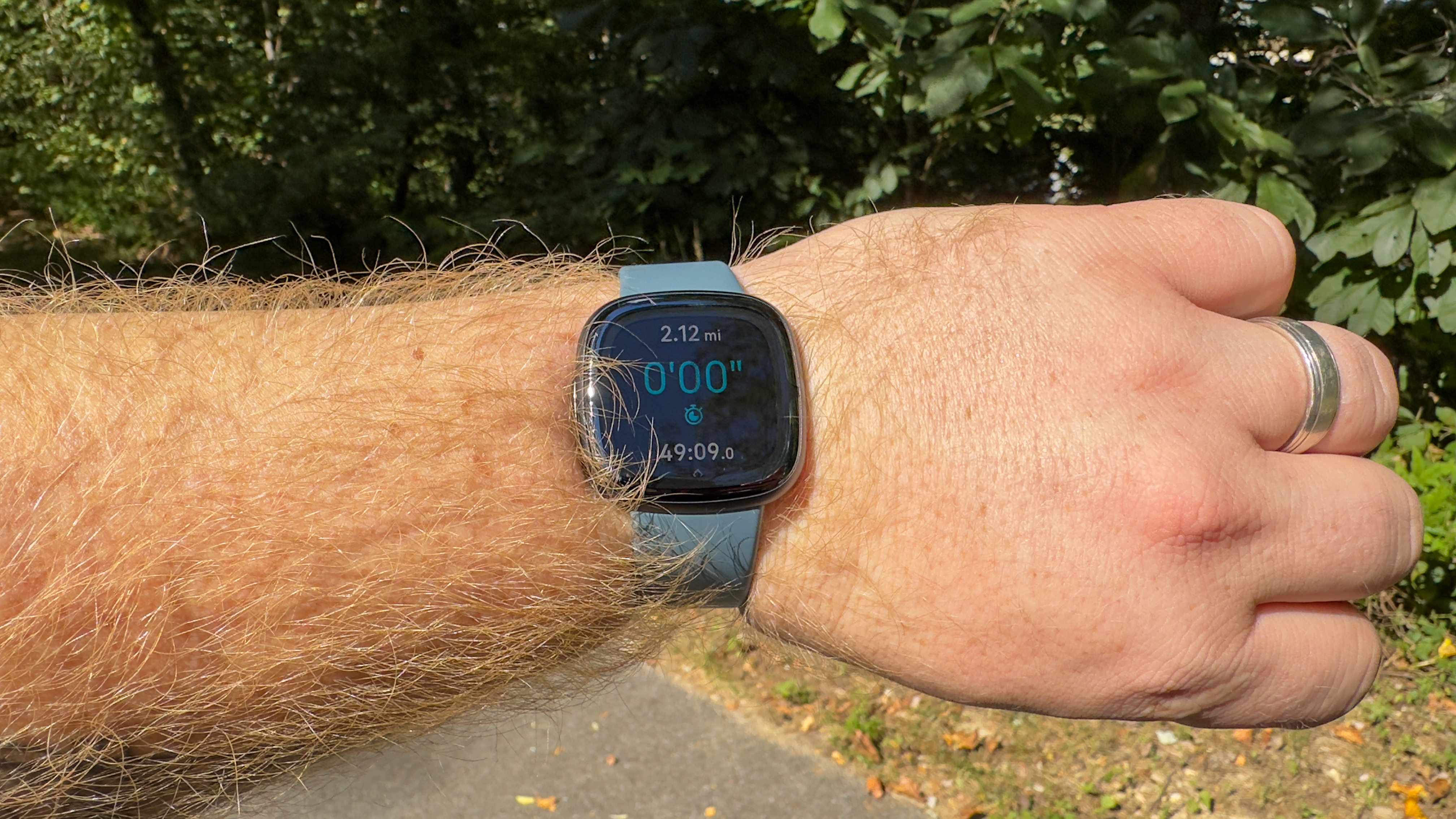
Specifications
Reasons to buy
Reasons to avoid
The Fitbit Sense 2 lives up to its name. It packs all of the health sensors you could want to get a whole-body sense of your personal fitness level. Specifically, it uses skin temperature and blood oxygen sensors to judge the quality of your sleep, a cEDA sensor to continuously track your stress levels, and an ECG and heart rate monitor to actively and passively check for atrial fibrillation.
It displays all of this information in an easily accessible manner, either on the watch directly or from the Fitbit app on your phone. Fitbit and Google worked together to improve the user interface, bringing some of the UI design elements from Wear OS 3 to the Fitbit OS. Fitbit even released an update that brings Google Wallet support and Google Maps support to its latest wearables.
Compared to the original Sense, you've lost music playback controls, limited third-party apps, Wi-Fi downloads, and Google Assistant support; you'll have to settle for Bluetooth and Alexa commands. But it's not all bad. The Sense 2 is both lighter and slimmer than the original Sense, while still being rated for up to six days of battery life. And it finally ditched the finicky capacitive button you had to squeeze and hope that it worked, in exchange for a compact physical button that always works.
Compared to the Charge 6, it costs twice as much and has comparable battery life, but you'll appreciate the larger display and built-in mic and speaker for Bluetooth calls. Match it up against the Pixel Watch 3, and it's trickier; that costs a bit more but has a lot of upsides in terms of intelligent features like Google Assistant and third-party apps. Of course, if you own an iPhone or want more than a day of battery life, the Sense 2 is the no-brainer choice.
Best midrange
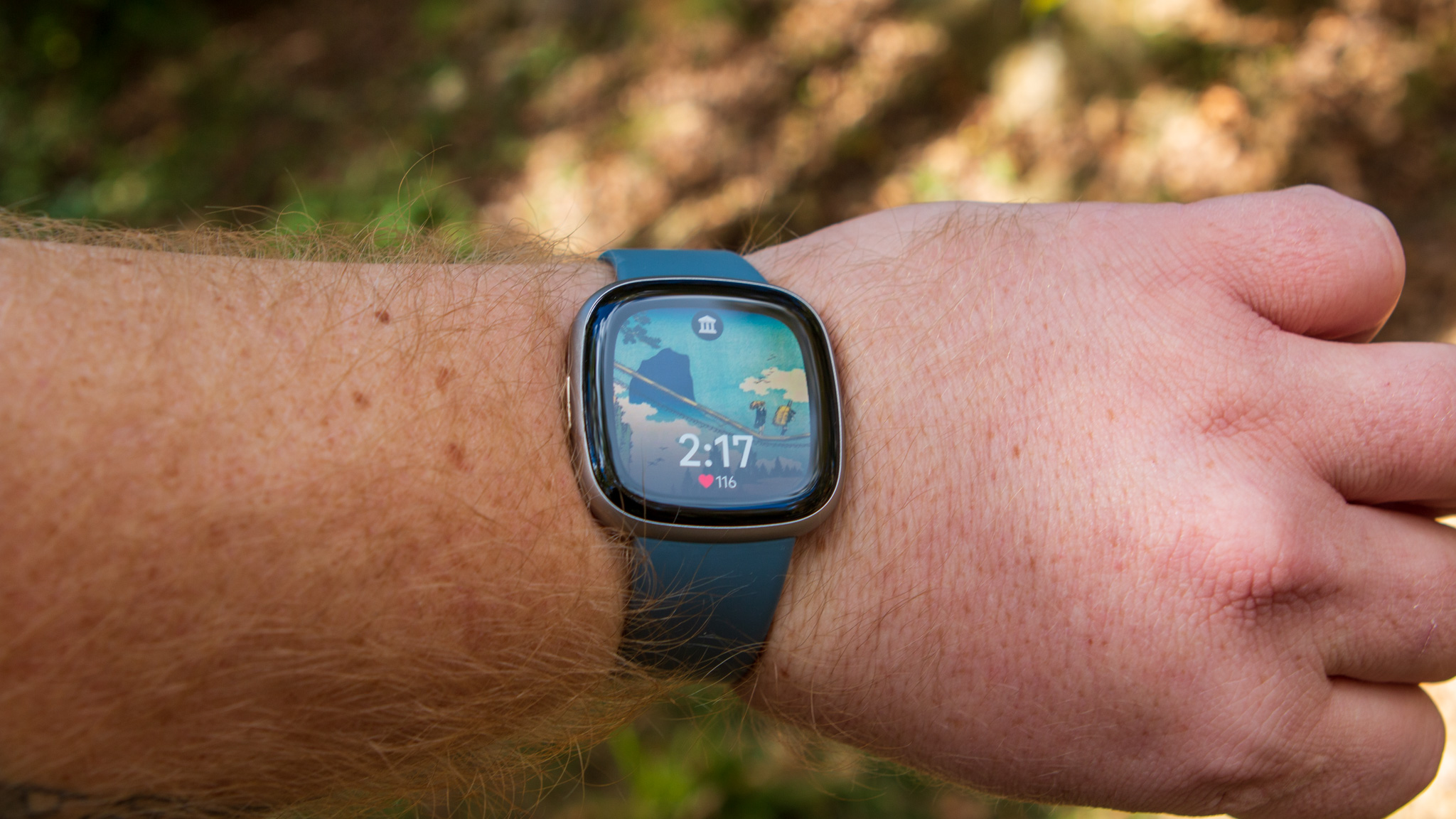
Specifications
Reasons to buy
Reasons to avoid
There was a lot to love when it came to the Fitbit Versa 3, as it gave you about 90% of the same experience as the Fitbit Sense, without the higher price tag. That trend continued with the Fitbit Versa 4, as it and the much pricier Sense 2 have a lot in common.
Along with being able to use the best Fitbit bands, the Versa 4 also has a physical button on the side, as Fitbit got rid of the frustrating capacitive one. And as for health tracking, there are only three key differentiators between the Sense 2 and the Versa 4. You won't find a built-in skin temperature sensor, you can't use Fitbit's ECG app to check your heart rhythm, and you aren't able to use the EDA Scan app for stress management.
The interface of the Versa 4 was also overhauled, giving it a look that falls more in line with Wear OS 3 compared to the old Fitbit UI. Google Maps and Wallet are also now available, but you won't find Assistant anywhere, instead being left to rely on Amazon Alexa if you want to have a digital assistant.
An argument could definitely be made for picking the Versa 4 over the Sense 2, especially with it being about $70 less expensive. But, we still feel as though the Sense 2 is the more well-rounded option if you want the best Fitbit watch.
Like the Sense 2, the Versa 4 had plenty of the last generation's smarts removed. Without Google Assistant, built-in music, Wi-Fi, third-party apps, or the Sense 2's extra health sensors, the Versa 4 is a beautiful, semi-affordable shell for Fitbit Premium and heart rate tracking...and not much else.
Best on a budget

Specifications
Reasons to buy
Reasons to avoid
If you like the idea of the Charge 6, but it's still too rich for your blood, take a look at the Fitbit Inspire 3. Not only is this the most affordable Fitbit you can buy, but it's also the lightest. It's so light that you might forget you're wearing the thing!
That small size means you miss out on the built-in GPS and more readable notifications from the Charge 6, but it'll work just fine if you run with your phone and can rely on Connected GPS. This is easily the best Fitbit for budget shoppers who want a wide array of features at an affordable price.
Outside of the missing GPS, the Inspire 3 comes with almost everything else you could ask for. It tracks your all-day activity and sleep and automatically detects exercises. 24/7 heart-rate monitoring is included, too, as is a six-month membership to Fitbit Premium at no added cost! Combine all of that with up to 10 days of battery on a single charge, and you end up with a really capable tracker.
As wonderful as the Inspire 3 is, it is more utilitarian than fashion-focused. If you're interested in a similarly-sized tracker that looks a bit more luxurious, you might want to check out the Fitbit Luxe. That tracker has a stainless steel finish, a color AMOLED screen, and a host of stylish bands and accessories.
Best for kids
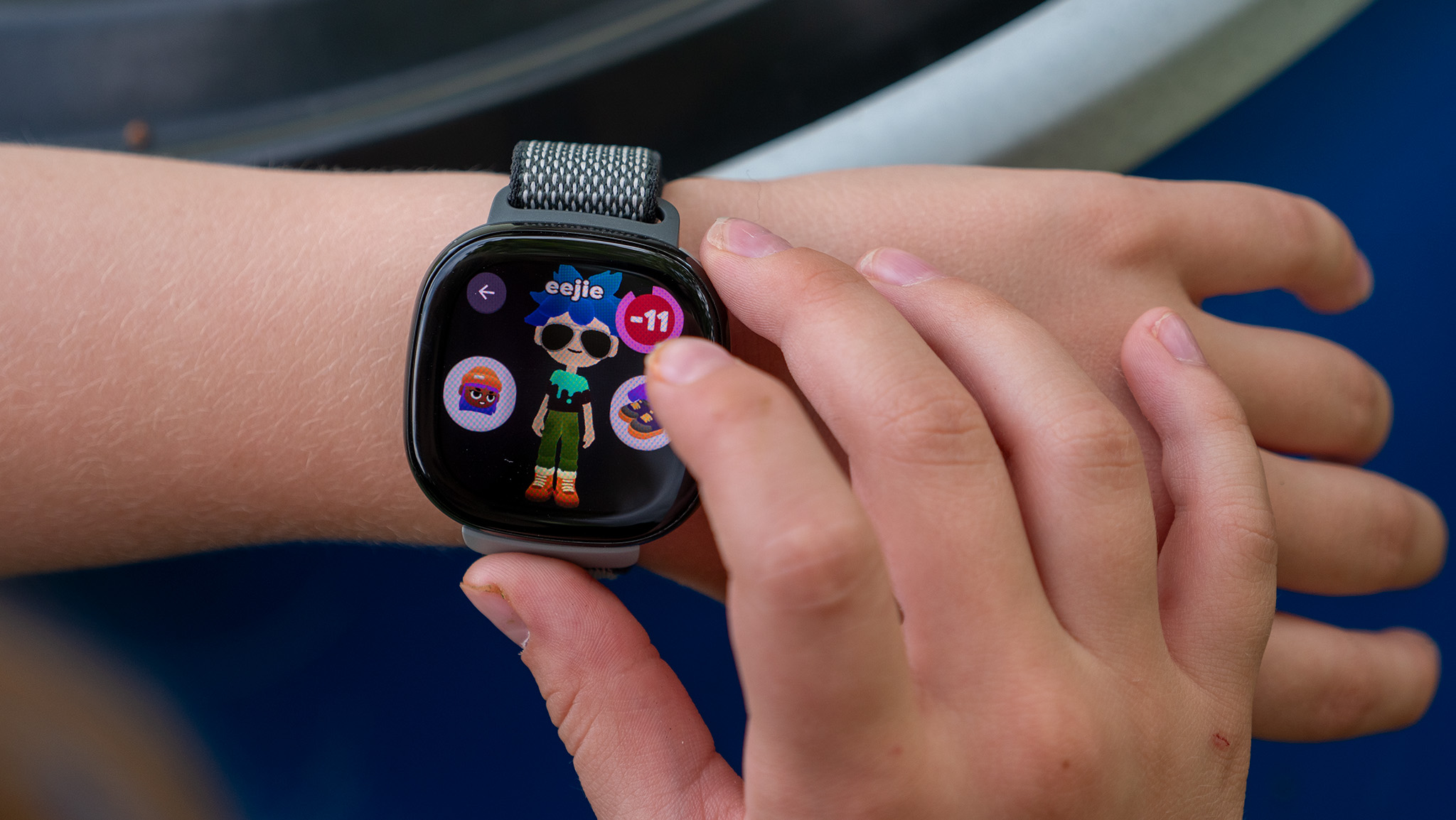
Specifications
Reasons to buy
Reasons to avoid
Living a healthy lifestyle is just as crucial for your kids as it is for yourself. So for the youngsters in your family, Fitbit has a tracker specifically for them in the form of the Fitbit Ace LTE. But it's also for parents, too, since it comes with a subscription and 4G LTE connectivity so kids can keep in touch with the parental units and vice versa.
Instead of getting a younger child a cell phone, consider this smartwatch that allows them to send and receive calls and messages to and from up to 20 approved contacts. It also offers 24/7 GPS tracking so parents can keep an eye on location.
From a fitness perspective, kids can track physical activity and receive rewards for their movement. This includes items in 3D interactive games that can be played right on the wrist (don't worry, you can disable these during school hours) along with an adorable Eejie character that's like a 21st Century version of the Tamagotchi. Kids can keep on top of progress through their own activity ring design called a Noodle.
The only thing missing from this smartwatch is sleep tracking, presumably because of battery life: since it's a connected watch, it only lasts for about 16 hours, which means your little ones will need to recharge overnight and slap it back onto the wrist in the morning. This smartwatch also requires a Fitbit Ace Pass subscription. If you want something without connectivity, you can alternatively consider the Fitbit Ace 3, which has tons of great features for kids, too. Or, look into the best kids smartwatches for other functionality like on-wrist phone calls or geofencing.
How to choose
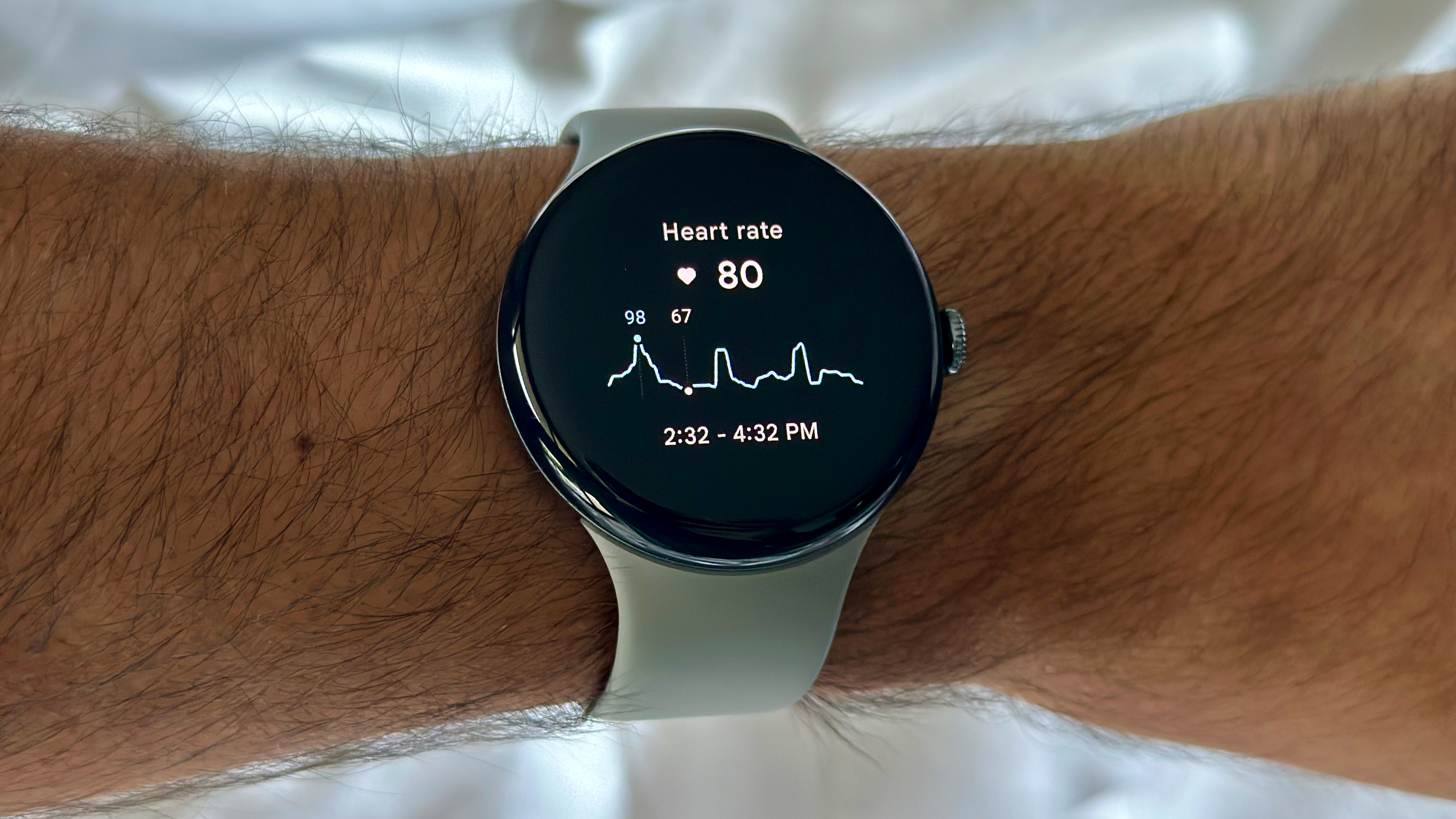
As you can see, Fitbit makes a lot of great fitness trackers/smartwatches, but each has its strengths and weaknesses.
The Pixel Watch 3 and Fitbit Sense 2 are both on our list of the best Android smartwatches, but have very different focuses despite their shared health sensor suite — and only the Sense 2 will work for folks that don't want to tie themselves to Android specifically. The Pixel Watch 3 is an exciting device that doesn't limit you to just fitness software; the Sense 2 keeps things focused on Fitbit software alone, for better or worse.
The Fitbit Charge 6 also makes a case to be the best Fitbit in 2024, simply because it costs half as much as either device, while offering much of the same fitness software and health sensors. If you're going to pay regularly for Fitbit Premium, it makes sense to start with a more affordable option so you have money left over for it down the line. That said, the Sense 2's twice-as-bright display and the Pixel Watch 3's apps make them appealing enough to spend extra.
For kids, you can consider the Fitbit Ace LTE, which affords some connectivity but requires a subscription, or the simpler, subscription-free yet still effective Fitbit Ace 3.
Choosing the best Fitbit for you really depends on your needs and priorities. Consider factors like design. If you want to see notifications, you might prefer a smartwatch over a thinner activity tracker band. Battery life could be a huge deciding factor. There's also sensors: if you walk, run, hike, or bike, built-in GPS might be essential. Conversely, if you want to track vitals like SpO2, heart rate, and even body temperature, you'll want to make sure the model you choose offers these sensors.
Write down a checklist then run through this list again and you'll pinpoint the perfect Fitbit to help guide your fitness, health, and wellness journey.
Be an expert in 5 minutes
Get the latest news from Android Central, your trusted companion in the world of Android

Michael is Android Central's resident expert on wearables and fitness. Before joining Android Central, he freelanced for years at Techradar, Wareable, Windows Central, and Digital Trends. Channeling his love of running, he established himself as an expert on fitness watches, testing and reviewing models from Garmin, Fitbit, Samsung, Apple, COROS, Polar, Amazfit, Suunto, and more.
- Andrew MyrickSenior Editor — Smartphones (North America), Chromebooks & Tablets
- Patrick FarmereCommerce Editor
- Christine PersaudContributor
